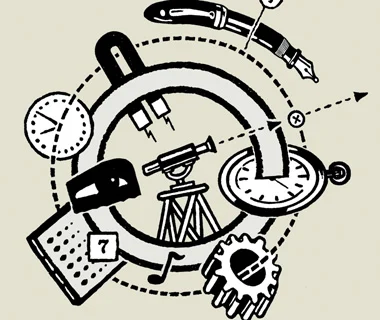Student-Athletes of the World, Unite!

The National Labor Relations Board ruled on Wednesday that college football players had the right to unionize. The ruling states that, even though the players receive scholarships, they should be considered employees of the school they play (and work) for.
The decision came in response to a lawsuit by a group of football players from Northwestern University, but, as The New York Times reports, the precedent could lead to similar policies at other private schools. (Decisions concerning public universities would have to be decided by the states, rather than the NLRB.) So, it’s a start. From the Times:
[The NLRB director] cited several examples to support his conclusion that Northwestern football players were on campus to play football and were different from other students. He noted that Northwestern football reported $235 million in revenue from 2003 to 2012, and that players are recruited for their athletic ability, not their academics. Team guidelines include drug testing and a provision that players cannot refuse a friend request from a coach on Facebook. If players do not follow the rules, their scholarships can be revoked. [. . .]
“The players spend 50 to 60 hours per week on their football duties during a one-month training camp prior to the start of the academic year and an additional 40 to 50 hours per week on those duties during the three- or four-month football season,” the ruling said. “Not only is this more hours than many undisputed full-time employees work at their jobs, it is also many more hours than the players spend on their studies.”
In addition to giving us hope, this news also reminded us of a very sharp and insightful piece in our archives, which we’re now publishing online for the first time today: “Billionaire Ball: Epitaph for the Student-Athlete,” from Issue 20 (published in 2012). In it, sports writer Matt Hinton explores the scandal-plagued largesse of Division I athletics.
As humanities budgets of big universities get slashed, sports departments at the University of Texas, and other schools like it, always seem to get the funding they need. Often, that funding comes from incredibly lucrative corporate sponsorships (with strings attached, of course).
But the disenfranchised workers at the center of this highly profitable arrangement are those “student athletes” who put in the fifty or sixty hours of work each week that’s required to maintain the money machine. What’s in it for them, Hinton asks? Are scholarships really enough? Here’s an excerpt:
[It’s] become steadily harder to use “amateurism” and “college athletics” in the same sentence without calling forth a chorus of bitter guffaws. This poor (or in a few notable cases, not-so-poor) “student-athlete” is vastly more coveted by coaches, boosters, agents, marketers, licensers, and assorted hangers-on than anyone in 1905 could have dreamed—and more obliged to transform himself into a rippling, precisely honed freak. Still, he remains bound to an antiquated vision of character-building recreation unsullied by profit, as college athletics is the only arena of American life that systematically denies adult citizens the opportunity to exploit their full market value. [. . .]
When virtually every other line in athletic budgets is growing at a record pace, and virtually every available inch of athletic department property is emblazoned with a corporate logo, the hypocrisy of building a firewall around the athletes themselves is particularly pungent. Echoing many a sports columnist, the mother of one of the suspended Ohio State players, wide receiver DeVier Posey, blasted the NCAA in the Columbus Dispatch for enforcing rules that “ensure that the young men that have poured their hearts and souls and energy and intellect into their craft are continually kept at a disadvantage when everybody else around them is running to the bank.”
Read Hinton’s entire essay here.